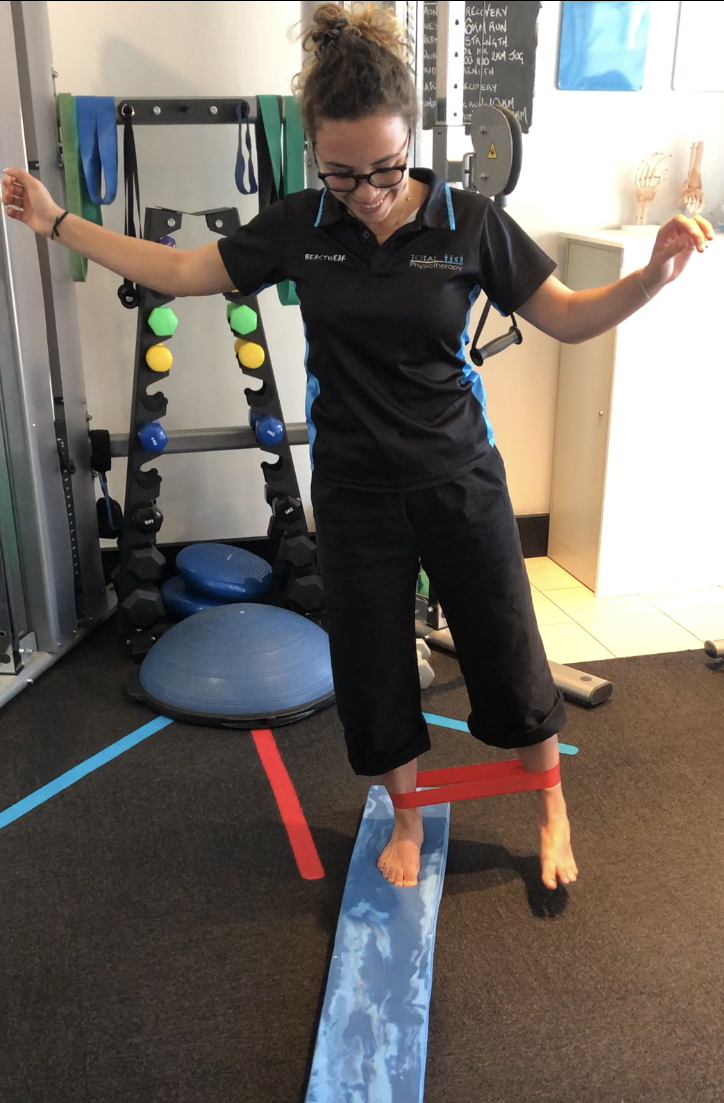Ankle Sprains
/By Jack Redden, APA Physiotherapist
Lateral ankle sprains are extremely common within the active population and without the proper guidance and advice can have long-term repercussions. When suffering an ankle sprain a Physiotherapist should be your first point of call. As Physiotherapists we are trained to asses and diagnose the severity of your ankle sprain, deciphering which ligaments are involved, whether an X-ray is needed, treat the affected ankle and provide strapping or support for the injured ankle.
Stu pretty pleased with his ankle mobilising
Once diagnosed we can go about getting you back to your pre-injury level. Studies have shown that early mobilisation of a sprained ankle has great effects in improvements of pain and function and long term stability and function. Following a sprained ankle, strict rehabilitation guided by your physiotherapist are of huge importance in order to fully regain range of motion, balance and weakness deficits. These injuries do not need require huge amounts of Physiotherapy however it is important you return to your pre injury level.
Although it might not feel too bad the importance of appropriate ankle rehabilitation and treatment cannot be understated. Approximately 75% of those who who suffer an ankle sprain have had a previous injury which has been poorly rehabbed. A poorly rehabbed ankle can also cause your body to compensate elsewhere leading other problems arising.
So what will my ankle rehabilitation involve?
Initially the focus will be on reducing pain, swelling and regaining full range of motion of your ankle joint. Active strengthening will also be commenced, guided by your pain, in order to restore bilateral strength. These measures will be achieved through a variety of manual therapy techniques by your physiotherapist as well as an appropriate home exercise program. This stage may also involve strapping or support provided by your physiotherapist to decrease levels of pain and allow normal function whilst the affected ligaments and stabilising muscles are able to recover.
Liana finding out ankle rehab isn’t easy - this not only challenges ankle stability but strengthens your bum!
From here we move towards neuromuscular and proprioceptive training to accelerate your return to work or sport. Studies have shown the use of proprioceptive training following an ankle sprain also significantly reduces the risk of reoccurrence. This will involve a variety of exercises challenging the balance and stability of your ankle joint. Equipment such as wobble boards and foam balance beams will be used to increase difficulty of tasks in a safe environment. These functional exercises will often be suited towards your chosen sport or activity to ensure a safe return. Once these functional exercises are performed pain-free and at an appropriate level we can look at a graded return to your chosen sport or activity.




















